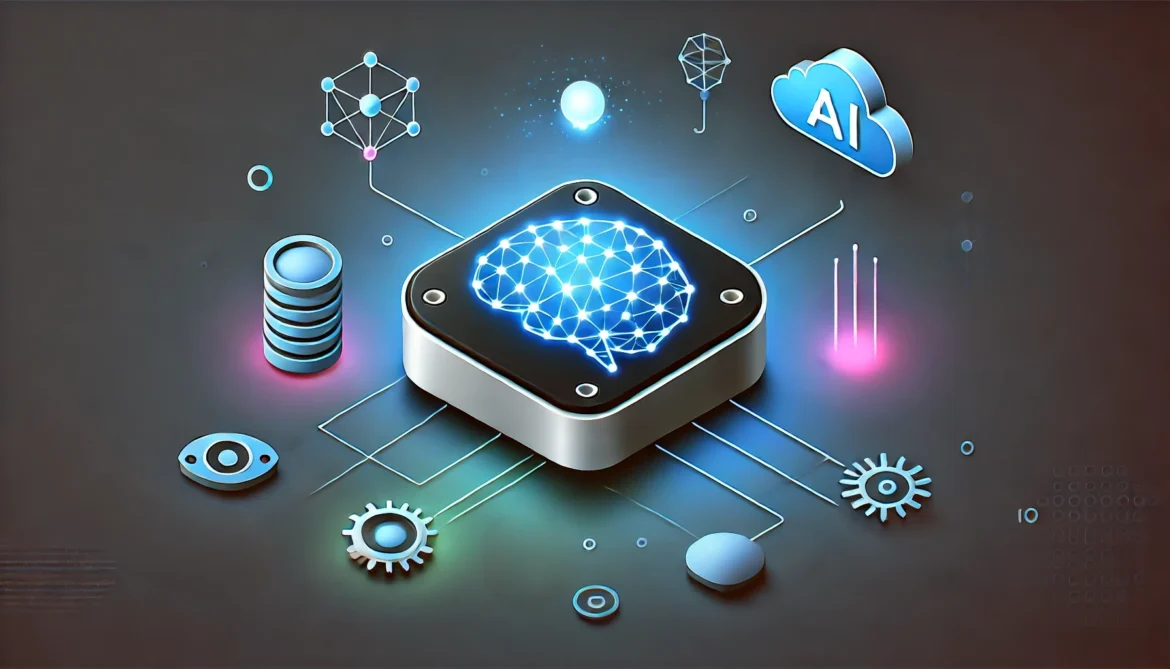Why AIoT Is a Strategic Imperative: Business Drivers and Organizational Priorities 🏛️
The convergence of Artificial Intelligence (AI) and the Internet of Things (IoT), collectively known as AIoT, is rapidly reshaping today’s competitive landscape. This fusion has become a strategic imperative for organizations striving for operational excellence and innovation leadership. Key market drivers fueling AIoT adoption include the exponential increase of connected devices, enhanced data availability, and breakthroughs in AI algorithms. These trends unlock unprecedented opportunities to reduce costs, generate new revenue streams, and accelerate innovation cycles.
Senior executives prioritize AIoT initiatives for several compelling reasons: boosting operational resilience through predictive maintenance, enabling real-time decision-making, and automating workflows that minimize downtime and optimize asset utilization. The tangible benefits that drive these decisions encompass lower operational expenses, the creation of new digital services, and faster time-to-market. To assess readiness, organizations should ensure they have robust data infrastructure, strong executive sponsorship, effective cross-functional collaboration, a clear value proposition, and scalable AI/IoT platforms. Addressing these priorities equips enterprises to fully capitalize on AIoT’s transformative potential and sustain competitive advantage.
High‑Impact AIoT Use Cases by Industry: Where Transformation Will Happen First 🏭
AIoT adoption manifests distinctly across industries, with transformative impacts emerging initially in manufacturing, energy, logistics, healthcare, and smart cities. In manufacturing, AIoT’s predictive maintenance capabilities reduce unplanned equipment downtime while elevating productivity. The energy sector leverages AIoT to optimize grid management and enable real-time monitoring of renewable assets, facilitating integration and efficiency. Logistics benefits from intelligent fleet management systems and dynamic routing that enhance operational efficiency and reduce costs. Healthcare harnesses AIoT for remote patient monitoring and the development of personalized treatment plans, driving improved quality and outcomes. Smart city initiatives apply AIoT technologies to optimize traffic flow and conduct environmental monitoring, thereby elevating urban living standards.
Indicators of readiness for these transformations include the presence of existing IoT infrastructure, access to high-quality data streams, strong executive commitment, and regulatory environments conducive to innovation. These AIoT use cases not only deliver substantial operational improvements but also lay the groundwork for innovation-led growth across multiple sectors.
Core Technologies Behind AIoT: Edge AI, Connectivity, Digital Twins and Data Platforms ⚙️
The AIoT ecosystem is built on a foundation of advanced technologies that include edge AI, connectivity solutions, digital twins, and cloud-native data platforms. Edge AI empowers localized data processing and inference at the device level, critically reducing latency and bandwidth demands—enabling real-time data insights essential for immediate decision-making. Connectivity technologies such as 5G and low-power wide-area networks (LPWAN) provide the robust and scalable communication channels necessary for extensive IoT deployments.
Sensor and telemetry architectures collect rich, diverse data streams that form the analytical backbone of AIoT solutions. Digital twins create dynamic, virtual replicas of physical entities or environments, facilitating sophisticated simulation and predictive analytics. Complementing these components are cloud-native and machine learning operations (MLOps) platforms that support scalable model deployment, continuous integration, and ongoing monitoring to maintain optimal performance. Integration efforts focus on seamless interoperability, stringent security protocols, and modular architecture designs to future-proof implementations.
Leading technology providers in this space include Nvidia and Qualcomm for edge AI processing hardware, Ericsson and Huawei for connectivity solutions, and Microsoft Azure Digital Twins along with AWS IoT for comprehensive platform services.
Delivering and Scaling Value: KPIs, ROI Examples and a Roadmap from Pilot to Production 📈
Evaluating AIoT initiatives requires clear, quantifiable key performance indicators (KPIs) such as improvements in device uptime, predictive maintenance accuracy, cost per unit reductions, latency in decision-making, and revenue gains from new digital services. For instance, a manufacturing firm may reduce unplanned downtime by 20% through predictive maintenance, achieving a measurable return on investment within 12 months.
A successful AIoT deployment journey typically starts with pilot projects targeting well-defined pain points, emphasizing strong data governance, security, and alignment within cross-disciplinary teams. Advancing from pilot to production maturity involves establishing comprehensive data operations frameworks, implementing automated MLOps pipelines, and scaling infrastructure to meet enterprise demands. Governance models govern data quality, regulatory compliance, and risk mitigation. Key milestones along this continuum include pilot validation, stepwise scaling, and enterprise-wide adoption—each balancing agility with operational stability. This disciplined approach enables organizations to realize AIoT’s value sustainably while evolving their capabilities over time.
Security, Privacy and Ethics — Practical Mitigations and Quick FAQs 🔐
AIoT systems encounter multifaceted security, privacy, and ethical challenges such as device compromise, data breaches, algorithmic bias, and regulatory non-compliance. To mitigate hacking risks, device hardening techniques—including secure boot, hardware roots of trust, and regular firmware updates—are essential. Data encryption at rest and in transit protects sensitive information from unauthorized access. Continuous model monitoring detects bias and drift, maintaining fairness and accuracy over time. Privacy-by-design principles embed consent management and data minimization from the outset to safeguard user privacy.
Compliance with regulations such as GDPR and industry-specific standards reduces legal and operational risks. Common concerns include deployment timelines—pilots usually span 3 to 6 months—major cost factors including hardware, integration, and talent acquisition, and vendor selection criteria emphasizing security track records, scalability, and customer support. By adopting these mitigations and best practices, organizations can foster trustworthy AIoT implementations that minimize business risk.

